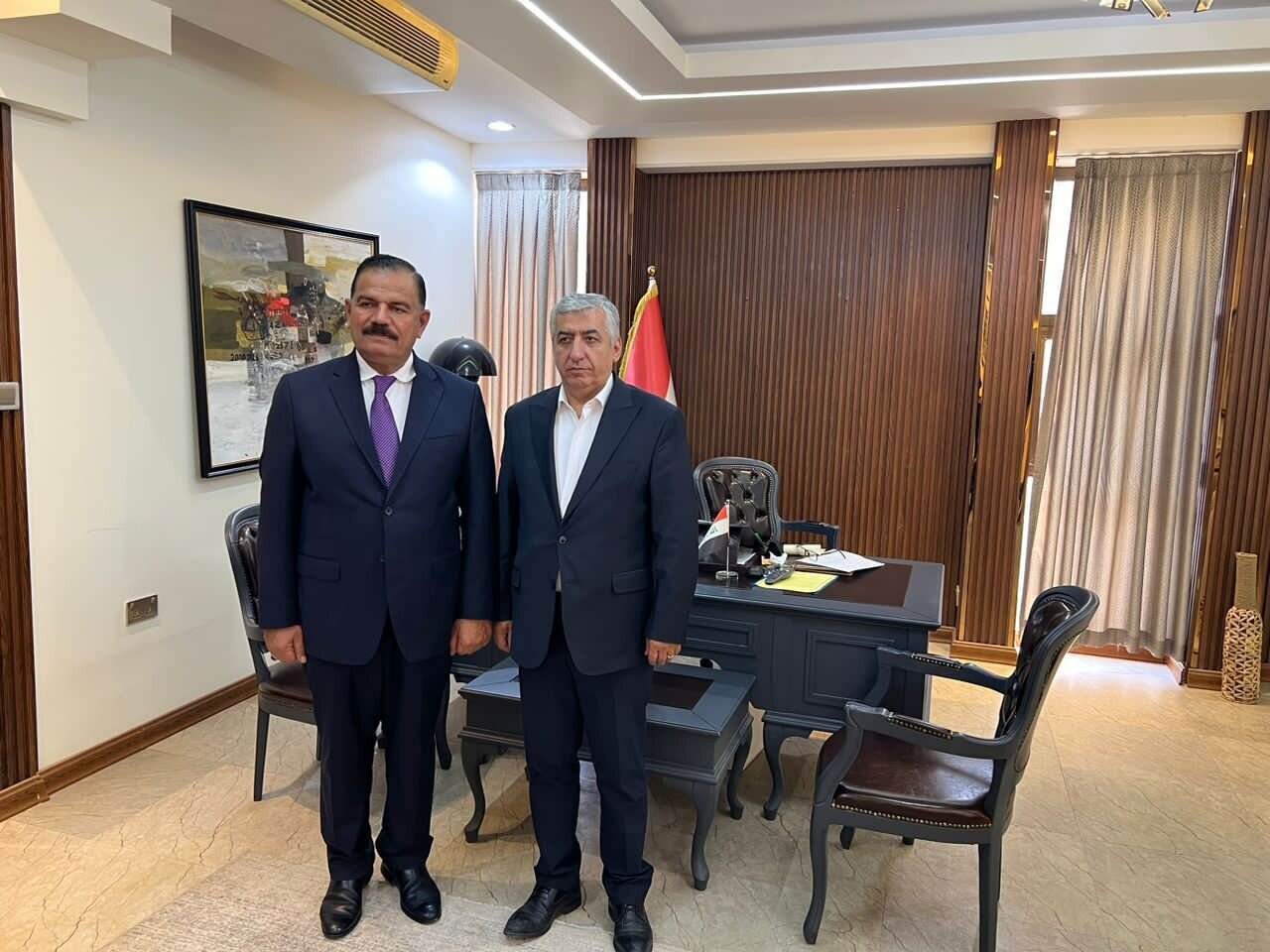Iraq signals readiness to exchange 10 million tourists with Iran

TEHRAN – Iraq’s Minister of Culture, Tourism and Antiquities Ahmed Fakak al-Badrani said on Tuesday that his country welcomes increasing tourist exchanges with Iran to 10 million visitors in a year.
Al-Badrani made the remarks during a meeting in Baghdad with Hormatollah Rafiei, the director of the Association of Iranian Travel Agencies. He welcomed a proposal from Iran’s private sector to expand cooperation in cultural, historical, and health tourism, in addition to religious travel, IRNA reported on Tuesday.
Rafiei said he was in Baghdad to coordinate preparations for an Iranian tourism roadshow scheduled for early October in Baghdad, Karbala and Basra. The event will include business-to-business meetings and cultural nights showcasing Iran’s travel highlights.
According to Rafiei, Iraqi government data show that about 3.5 million Iraqis travel to Iran annually for pilgrimage and medical purposes. He said plans discussed with Iraqi officials aim to expand that figure to 10 million mutual tourists, with about 5 million visitors to each country.
Rafiei added that during the meeting with Al-Badrani, Iran’s Minister of Cultural Heritage, Tourism and Handicrafts, Seyyed Reza Salehi-Amiri, joined by phone to discuss restoration of historical sites and broader cooperation. Salehi-Amiri expressed hope that detailed planning and agreements would boost tourism between the two neighbors.
Rafiei told IRNA that his talks also covered medical tourism, cultural and educational exchanges, and drafting a memorandum of understanding to support joint initiatives. Rafiei noted that both sides discussed the possibility of launching combined tours with other regional countries, emphasizing the need for special efforts to pursue such projects.
Tourism between Iran and Iraq is deeply rooted in religious pilgrimage, or Ziyarat, which draws millions of visitors annually to sacred sites. Iraq hosts key Shi’a shrines in Karbala and Najaf, while Iran welcomes pilgrims to Mashhad, home to the shrine of Imam Reza (A.S.), and Qom, a major center of Shi’a scholarship. Cities such as Shiraz, with its rich Islamic heritage, also attract religious visitors.
Beyond pilgrimage, both countries share centuries of cultural, historical, and linguistic connections that can be further developed into broader tourism exchanges. Iran’s ancient cities, including the UNESCO-registered Persepolis and Isfahan, showcase Persian architecture and world heritage sites, while Iraq is home to the ruins of Babylon and the Mesopotamian cradle of civilization. Such sites appeal to travelers interested in history and archaeology.
Cultural tourism opportunities also extend to traditional music, crafts, and cuisine, which reflect shared influences and mutual appreciation across the two nations. Moreover, natural landscapes such as the Zagros Mountains, marshlands in southern Iraq, and Iran’s diverse climate--from deserts to lush forests--provide eco-tourism potential.
Strengthening tourism ties between Iran and Iraq could therefore go beyond religious travel, promoting historical exploration, cultural exchange, and nature-based tourism, while deepening people-to-people connections across borders.
AM
